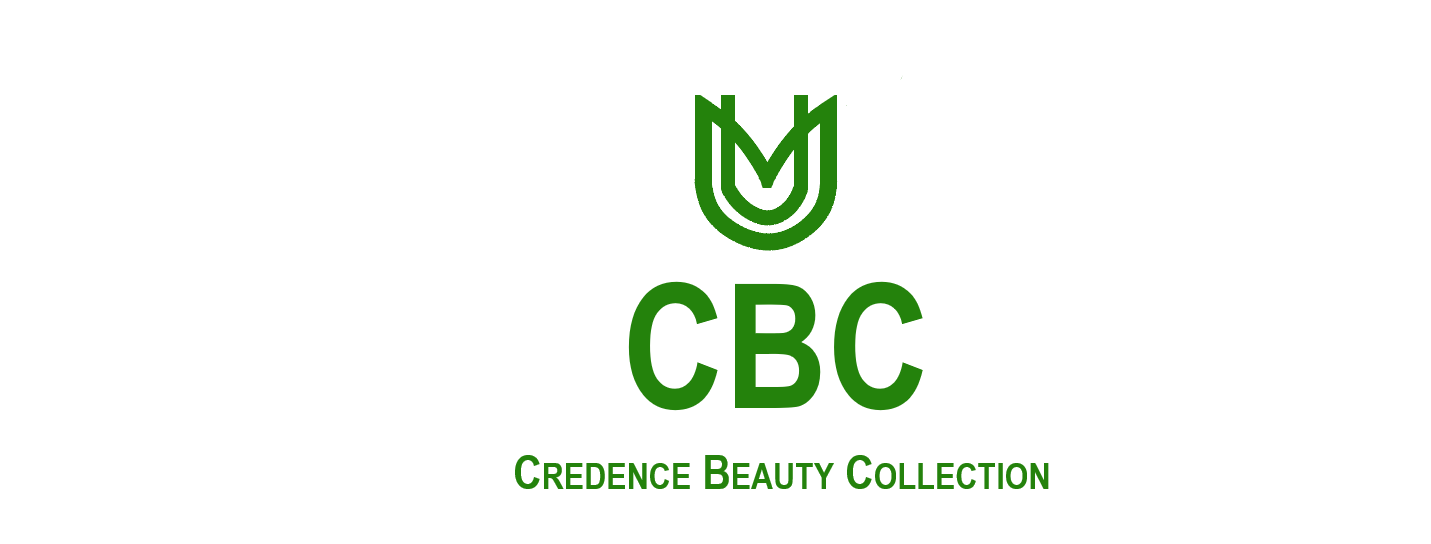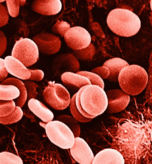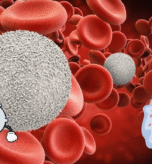The realms of beauty and fashion have long been intertwined, each influencing the other in a dynamic interplay that shapes cultural trends, individual expression, and societal values. Beauty and fashion are not merely superficial concerns; they reflect our identities, aspirations, and the zeitgeist of our times. This article explores the multifaceted connection between beauty and fashion, examining how they intersect, influence each other, and evolve over time.
1. Historical Context
Historically, beauty and fashion have been closely linked, with each era defining its own standards of attractiveness through clothing, accessories, and beauty practices. In ancient civilizations, such as Egypt and Greece, beauty rituals and fashion were integral to social status and cultural identity. The Renaissance period saw a celebration of voluptuous figures and elaborate attire, reflecting the era’s artistic and cultural values.
In the 20th century, the rise of fashion houses like Coco Chanel and Christian Dior revolutionized both fashion and beauty standards. Chanel’s introduction of the Little Black Dress and Dior’s New Look collection not only transformed fashion but also influenced beauty ideals, emphasizing elegance, sophistication, and a polished appearance.
2. Fashion as a Canvas for Beauty
Fashion serves as a powerful medium for expressing beauty ideals. Designers use clothing and accessories to showcase their interpretation of beauty, often setting trends that influence how people perceive and pursue attractiveness. Fashion shows, magazines, and social media platforms are arenas where beauty standards are both created and disseminated.
For instance, supermodels like Cindy Crawford and Naomi Campbell in the 1980s and 1990s became icons of beauty, their looks emulated by millions. Today, influencers and celebrities like Kim Kardashian and Chiara Ferragni wield significant influence, shaping contemporary beauty standards through their fashion choices and beauty routines.
3. Beauty Trends Driven by Fashion
Fashion dictates beauty trends in various ways:
- Makeup Trends: Fashion weeks often set the stage for makeup trends. Bold lip colors, graphic eyeliner, or dewy skin finishes become popular as they complement the latest fashion collections. Makeup artists collaborate with fashion designers to create looks that enhance the clothing and define the era’s beauty standards.
- Hair Trends: Hair styles showcased on runways or in fashion magazines often become popular trends. From the bob of the 1920s to the current resurgence of 90s-inspired looks, hair styles are deeply influenced by fashion.
- Body Ideals: Fashion also shapes body ideals. The rise of plus-size models and body positivity movements reflects a shift towards inclusivity and diversity in beauty standards, challenging traditional notions of attractiveness.
4. The Influence of Beauty on Fashion
Conversely, beauty trends significantly impact fashion. The rise of the skincare industry and the emphasis on natural beauty have influenced fashion trends towards more minimalistic and sustainable clothing. Consumers increasingly seek garments that complement their natural beauty rather than overshadowing it.
- Sustainable Beauty and Fashion: The growing awareness of environmental issues has led to a convergence of sustainable practices in both beauty and fashion. Eco-friendly beauty products and ethically produced fashion items are becoming more mainstream, reflecting a broader cultural shift towards sustainability.
- Beauty Technology: Advances in beauty technology, such as LED masks and personalized skincare, are influencing fashion choices. People are opting for clothing that complements their enhanced beauty routines, such as stylish athleisure wear for post-workout routines.
5. Cultural and Social Implications
The connection between beauty and fashion also has cultural and social implications. Both industries play a role in shaping societal norms and individual self-perception.
- Diversity and Representation: The push for diversity in both beauty and fashion has led to more inclusive representation. Brands are now catering to a broader range of skin tones, body types, and cultural backgrounds, reflecting a more nuanced understanding of beauty.
- Self-Expression: Fashion and beauty allow individuals to express their identities and creativity. Whether through bold fashion statements or unique beauty routines, people use these mediums to communicate who they are and how they want to be perceived.
6. The Future of Beauty and Fashion
As we look to the future, the connection between beauty and fashion will continue to evolve. Emerging technologies, such as virtual try-ons and AI-driven beauty analysis, will further blur the lines between the two industries. Sustainability will likely remain a key focus, with both sectors prioritizing eco-friendly practices and ethical production methods.
The rise of digital platforms will also continue to shape beauty and fashion trends. Social media will remain a powerful tool for influencers and brands to set trends and connect with consumers. Virtual fashion shows and digital beauty tutorials will become more prevalent, offering new ways to experience and engage with both industries.
Conclusion
The connection between beauty and fashion is a dynamic and multifaceted relationship that influences cultural trends, individual expression, and societal values. As both industries continue to evolve, their interplay will shape the future of how we perceive and pursue beauty. By understanding this connection, we can better appreciate the profound impact that beauty and fashion have on our lives and society as a whole.
Meta AI response: The Connection Between Beauty and Fashion: A Dynamic Interplay The realms of beauty and fashion have long been intertwined, each influencing the other in a dynamic interplay that shapes cultural trends, individual expression, and societal values. Beauty and fashion are not merely superficial concerns; they reflect our identities, aspirations, and the zeitgeist of our times. This article explores the multifaceted connection between beauty and fashion, examining how they intersect, influence each other, and evolve over time. 1. Historical Context Historically, beauty and fashion have been closely linked, with each era defining its own standards of attractiveness through clothing, accessories, and beauty practices. In ancient civilizations, such as Egypt and Greece, beauty rituals and fashion were integral to social status and cultural identity. The Renaissance period saw a celebration of voluptuous figures and elaborate attire, reflecting the era’s artistic and cultural values. In the 20th century, the rise of fashion houses like Coco Chanel and Christian Dior revolutionized both fashion and beauty standards. Chanel’s introduction of the Little Black Dress and Dior’s New Look collection not only transformed fashion but also influenced beauty ideals, emphasizing elegance, sophistication, and a polished appearance. 2. Fashion as a Canvas for Beauty Fashion serves as a powerful medium for expressing beauty ideals. Designers use clothing and accessories to showcase their interpretation of beauty, often setting trends that influence how people perceive and pursue attractiveness. Fashion shows, magazines, and social media platforms are arenas where beauty standards are both created and disseminated. For instance, supermodels like Cindy Crawford and Naomi Campbell in the 1980s and 1990s became icons of beauty, their looks emulated by millions. Today, influencers and celebrities like Kim Kardashian and Chiara Ferragni wield significant influence, shaping contemporary beauty standards through their fashion choices and beauty routines. 3. Beauty Trends Driven by Fashion Fashion dictates beauty trends in various ways: Makeup Trends: Fashion weeks often set the stage for makeup trends. Bold lip colors, graphic eyeliner, or dewy skin finishes become popular as they complement the latest fashion collections. Makeup artists collaborate with fashion designers to create looks that enhance the clothing and define the era’s beauty standards. Hair Trends: Hair styles showcased on runways or in fashion magazines often become popular trends. From the bob of the 1920s to the current resurgence of 90s-inspired looks, hair styles are deeply influenced by fashion. Body Ideals: Fashion also shapes body ideals. The rise of plus-size models and body positivity movements reflects a shift towards inclusivity and diversity in beauty standards, challenging traditional notions of attractiveness. 4. The Influence of Beauty on Fashion Conversely, beauty trends significantly impact fashion. The rise of the skincare industry and the emphasis on natural beauty have influenced fashion trends towards more minimalistic and sustainable clothing. Consumers increasingly seek garments that complement their natural beauty rather than overshadowing it. Sustainable Beauty and Fashion: The growing awareness of environmental issues has led to a convergence of sustainable practices in both beauty and fashion. Eco-friendly beauty products and ethically produced fashion items are becoming more mainstream, reflecting a broader cultural shift towards sustainability. Beauty Technology: Advances in beauty technology, such as LED masks and personalized skincare, are influencing fashion choices. People are opting for clothing that complements their enhanced beauty routines, such as stylish athleisure wear for post-workout routines. 5. Cultural and Social Implications The connection between beauty and fashion also has cultural and social implications. Both industries play a role in shaping societal norms and individual self-perception. Diversity and Representation: The push for diversity in both beauty and fashion has led to more inclusive representation. Brands are now catering to a broader range of skin tones, body types, and cultural backgrounds, reflecting a more nuanced understanding of beauty. Self-Expression: Fashion and beauty allow individuals to express their identities and creativity. Whether through bold fashion statements or unique beauty routines, people use these mediums to communicate who they are and how they want to be perceived. 6. The Future of Beauty and Fashion As we look to the future, the connection between beauty and fashion will continue to evolve. Emerging technologies, such as virtual try-ons and AI-driven beauty analysis, will further blur the lines between the two industries. Sustainability will likely remain a key focus, with both sectors prioritizing eco-friendly practices and ethical production methods. The rise of digital platforms will also continue to shape beauty and fashion trends. Social media will remain a powerful tool for influencers and brands to set trends and connect with consumers. Virtual fashion shows and digital beauty tutorials will become more prevalent, offering new ways to experience and engage with both industries. Conclusion The connection between beauty and fashion is a dynamic and multifaceted relationship that influences cultural trends, individual expression, and societal values. As both industries continue to evolve, their interplay will shape the future of how we perceive and pursue beauty. By understanding this connection, we can better appreciate the profound impact that beauty and fashion have on our lives and society as a whole.



